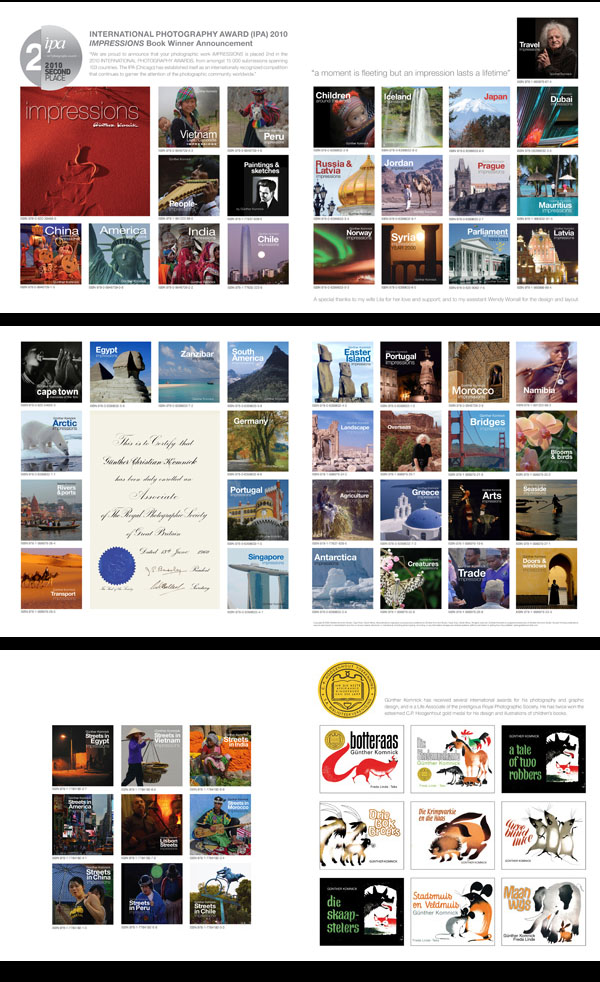Dedicated to my loving wife, Lila

Wave upon wave of civilization, sultanates, kingdoms, empires have either ravaged or enriched this land, also known in previous times as the kingdom of Transjordan. As this latter name implies, it lies on the other side, the Eastern side of the Jordan River of Biblical renown. Nabataeans, Romans, Ottomans and others have at various stages of the long and often dolorous history of Jordan occupied, built and destroyed and built again monuments that reflect the high level of civilization attained in this unforgiving, often barren and arid landscape.
G√ľnther Komnick here lifts the veil on Jordan, a country that, despite its volatile Middle Eastern location, is mercifully not often in the news, as are the other countries that came into being after World War I as a result of the dismemberment of the Ottoman empire. Home to millions of refugees as a result of the conflicts in Iraq and Syria, Jordan has remained a stable parliamentary monarchy and escaped the onslaught of the "Arab Spring" which has ruptured so much of the Arabic speaking world, through the timeous intervention of King Abdullah II succeeding his charismatic father King Hussein. Squeezed in between Israel/Palestine and the other leading Arab states, since the 1948 establishment of the state of Israeli, Jordan has had to bear much of the brunt of the consequences of that event, providing a refuge for over a million displaced Palestinians.
But few of these traumatic events are evident, at least not at first glance, in G√ľnther's work. His focus falls on the wisdom and evanescent joy of life as reflected in the many portraits contained here, of fleeting moments against a backdrop of a history of civilization and human habitation that defies the imagination. In this book we see the people born out of a glorious if turbulent history, engaged in time-honoured activities. We also see one of the New Seven Wonders of the World, the city of Petra, built by the Nabataeans and dating back to 312 BCE, hewn out of rock with nigh-perfect symmetry.
In this photographic essay, G√ľnther kindles our curiosity to explore this magical, oft maligned but enchanting and engrossing part of the world.
Dr Wilhelm Snyman, Cape Town, 2017

